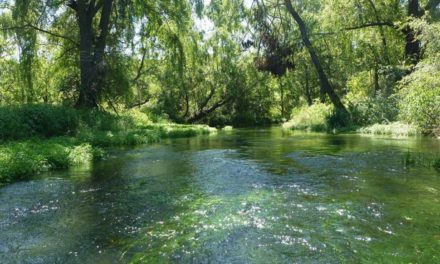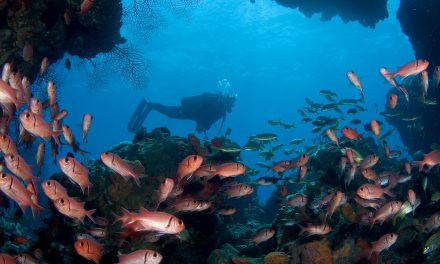A new study has revealed that a key population of humpback whales are in recovery after falling victim to commercial hunting – known as whaling – during the 20th century.
The South Atlantic humpbacks once totalled around 27,000 but were diminished to just a few hundred by the 1950s. However, a study published by Royal Society disclosed that the number of humpbacks has reached 25,000, achieving 93% of their pre-exploitation levels.
According to one of the study’s authors, this is because of dedicated conservation efforts: “If you manage animal populations properly, animals can thrive, as shown here,” said Dr Alex Zerbini in an interview with CNN.
Experts recognise seven different types of humpback whales in the Southern Hemisphere, characterised by genetics or migratory trends. This particular species is known to have a winter breeding ground just off the coast of Brazil and in the Summer, they migrate to sub-Antarctic and Antarctic waters.
Whaling Practices Contribute to Near Extinction of Humpbacks
In the Summer, humpback whales would increasingly be in danger due to the industrial fishery based in South Georgia in 1904. It was the first whale species to be targeted in the nearshore waters surrounding the island.
The study believes around 25,000 humpback whales were caught over a 12-year period during the 1900s. The species became so rare by the late 1920s that whaling ships eventually had to hunt other animals including blues, fins and sei whales.
Unfortunately, this wasn’t the first time that the species were subject to hunting. Dr Alex Zerbini told CNN that there are two defining periods of whaling: pre-modern and modern. The pre-modern era saw hunters using primeval methods to hunt, including jumping into boats with a long spear-like instrument known as a handheld harpoon. This differs greatly from the modern-era which introduced advanced techniques like steam-powered vessels and explosive harpoons.
How Will This Affect the Wider Ecosystem?
However, since 1960, the humpback whale has been protected. It was only then that scientists began to realise the true extent of damage inflicted on the species. The International Whaling Commission (IWC) began to prioritise providing the whales with enhanced protection.
Now, the whales are listed under the IUCN Red List of Threatened Species as being of ‘least concern’. Despite the good news, it’s still uncertain whether this applies to all the sub-population of humpback whales.
In addition, there is still further observation required in understanding how this increase of humpback whales can affect the wider ecosystem. In the Summer, the species binge on krill for a few months leading scientists to question if food resources will be limited for other predators.
Either way, this is certainly welcome news and a positive step in the right direction.
- This Artist is Making the Underwater Arena His Canvas - 28th April 2021
- A Video Game that Promotes Peace and Conflict Resolution - 15th March 2021
- Netflix’s ‘Living Undocumented’ is a Difficult Series to Watch, and Exactly Why We Should - 9th March 2021






